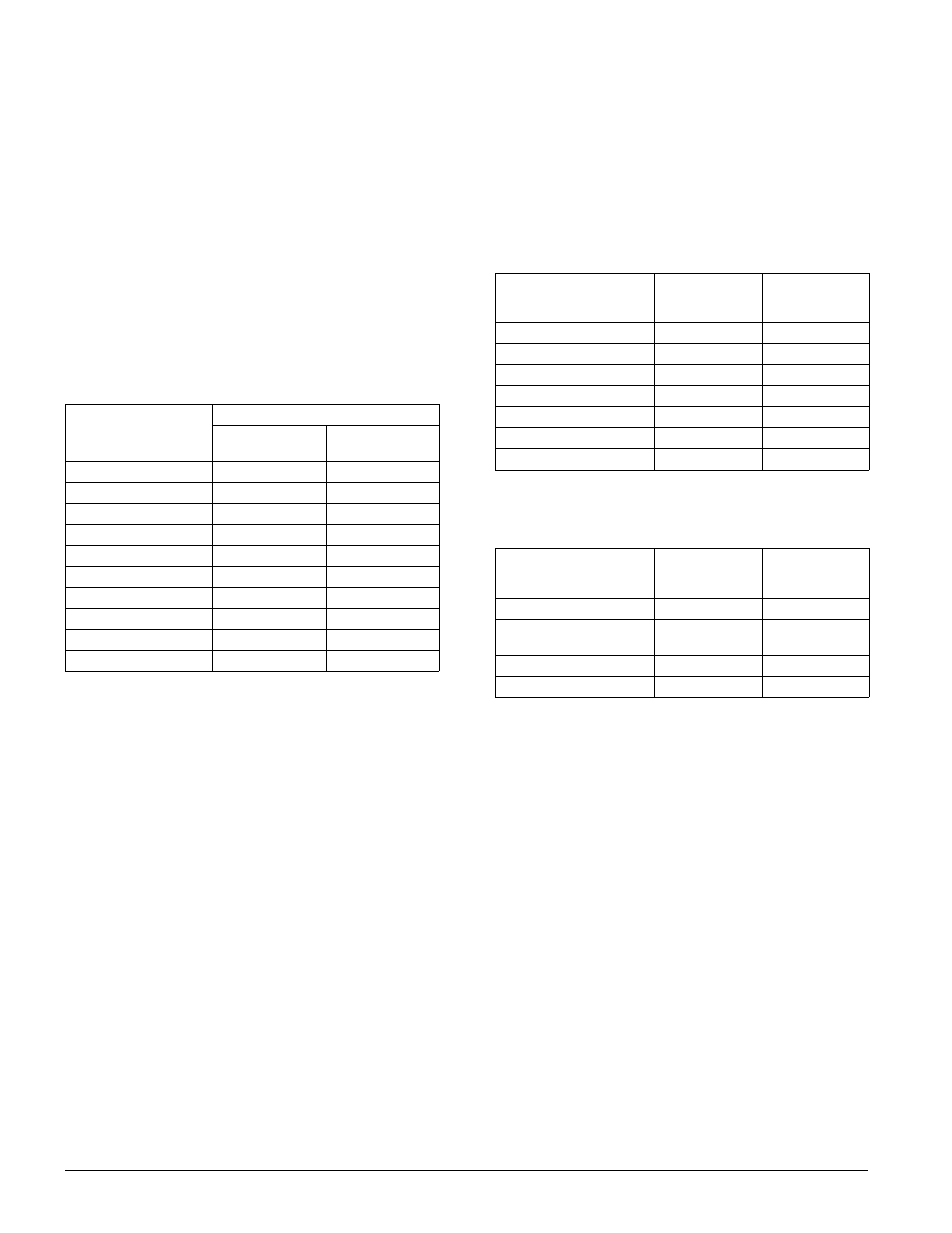Electronic flash, Calculating the correct aperture, Multiple exposure with electronic flash – Kodak Ektachrome E100 Color Transparency Film (35mm Roll Film, 36 Exposures) User Manual
Page 2: Adjustments for long and short exposures, Fluorescent and high-intensity discharge lamps

2
KODAK PROFESSIONAL EKTACHROME Film E100
•
E-4000
Electronic Flash
Use the appropriate guide number in the table below as a
starting point for your equipment. First select the unit
output closest to the number given by your flash
manufacturer, then find the guide number in either English
or Metric units.
Calculating the Correct Aperture
To determine the recommended lens aperture (f/ number),
divide the guide number by the flash-to-subject distance.
That is, f/# = GN / Subject Distance. For example, if
measuring in English units the flash has a Guide Number of
100, and the flash to subject distance is 9 feet, the
recommended aperture setting is: f# = 100 feet / 9 feet =
11. In metric units, this would be: f/# = 30 metres /
2.75metres = 11. If transparencies are consistently too thin
(overexposed), use a higher guide number; if they are too
dense (underexposed), use a lower number.
†
BCPS = beam candlepower seconds
Multiple Exposure with Electronic Flash
No filter corrections or exposure adjustments are required
for the effects of multiple, consecutive flashes (multipops)
up to 4 flashes. For 8 flashes, add CC05M filtration.
Adjustments for Long and Short Exposures
No filter correction or exposure compensation is required
for exposure times from 1/10,000 to 10 seconds. At
exposure times of 120 seconds, add CC10R filtration.
Note:
This information applies only when the films are
exposed to daylight. The data are based on average
emulsions rounded to the nearest 1/3 stop and assume
normal, recommended processing. Use the data only as a
guide. For critical applications, make tests under your
conditions.
Unit Output (BCPS)
†
Guide Number
English Units
(feet)
Metric Units
(metres)
350
40
12
500
50
15
700
60
18
1000
70
21
1400
85
26
2000
100
30
2800
120
36
4000
140
42
5600
170
50
8000
200
60
Fluorescent and High-Intensity Discharge Lamps
Use the color-compensating filters and exposure
adjustments below as starting points to expose these films
under fluorescent or high-intensity discharge lamps. For
critical applications, make a series of test exposures under
your actual conditions.
To avoid the brightness and color variations that occur
during a single alternating-current cycle, use exposure
times of 1/60 second or longer with fluorescent lamps;
with high-intensity discharge lamps, use exposure times of
1/125 second or longer.
†
When the type of fluorescent lamp is unknown, try this
filter and exposure adjustment; color rendition may be less
than optimum.
†
This is a high-pressure sodium-vapor lamp. The
information in the table may not apply to other
manufacturers’ high-pressure sodium-vapor lamps due to
differences in spectral characteristics.
Note:
Consult the manufacturer of high-intensity lamps for
ozone ventilation requirements and safety information on
ultraviolet radiation.
Some primary color filters were used in the previous
tables to reduce the number of filters and keep the
exposure adjustment to a minimum. Red filters were
substituted for equivalent filtration in magenta and yellow.
Blue filters were substituted for equivalent filtration in cyan
and magenta.
Fluorescent Lamp
KODAK Color
Compensating
Filters
Exposure
Adjustment
Daylight
50R
+ 1 stop
White
40M
+ 2/3 stop
Warm White
20C + 40M
+ 1 stop
Warm White Deluxe
30B + 30C
+ 1 1/3 stops
Cool White
40M + 10Y
+ 1 stop
Cool White Deluxe
20C + 10M
+ 2/3 stop
Unknown Fluorescent†
30M
+ 2/3 stop
High-Intensity Discharge
Lamps
KODAK Color
Compensating
Filters
Exposure
Adjustment
General Electric Lucalox†
80B + 20C
+ 2 1/3 stop
General Electric
Multi-Vapor
20R + 20M
+ 2/3 stop
Deluxe White Mercury
30R + 30M
+ 1 1/3 stops
Clear Mercury
70R
+ 1 1/3 stops
